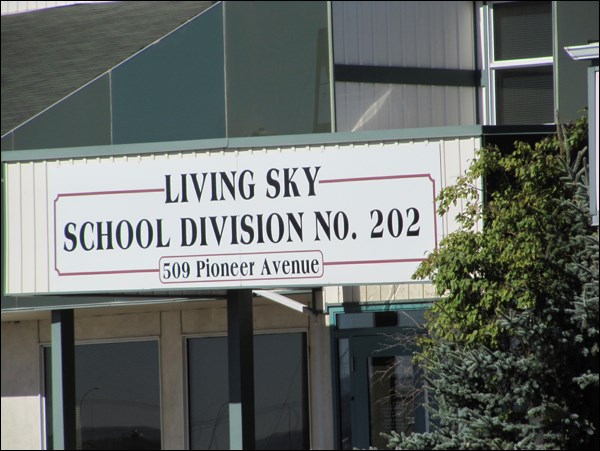In a report recently presented to the Living Sky School Division Board of Education, it was noted that 28 different countries are represented by the division's EAL (English as an Additional Language) learners, including Canada.
Thirty-eight per cent of Living Sky's EAL students are born in Canada, made up primarily of students in the Hutterite colonies of Hillsvale, Lakeview and Scott. The term English as an Additional Language is used to describe learners whose first or primary language is something other than English.
EAL learners may include newcomers from other countries or locations and Canadian born speakers of other languages, including learners who are First Nation, Métis, Francophone or Hutterite.
Other than colony schools, the division's schools with the highest concentration of EAL learners are Battleford Central School, Lawrence Elementary School, North Battleford Comprehensive High School and Unity Composite High School. Over the past year, the number of EAL students in the division has risen from 181 to 263, an increase of 45 per cent.
Brian Quinn, superintendent of School Operations, Curriculum and Instruction, presenting the report on behalf of Leanne Merkowsky, EAL Learning Consultant, said EAL students "just make us richer." Often, he said, students from other countries raise the bar.
In her remarks, Merkowsky wrote, " most of them come from cultures that place a high value on education, and they therefore model a positive work ethic in their studies for all our students to see. Overall, they raise the bar on achievement and invite our students to live in a larger world."
She described EAL students as a tremendous resource for Living Sky School Division.
"First of all, they bring the world to our classrooms and help us teach global citizenship," writes Merkowsky. "They also give us living examples of Canada's strengths as a multicultural society."
The information upon which the report was based came from a province-wide collection of EAL data for Grades 1-12 using the Ministry of Education's new Common Framework of Reference.
In support of EAL learners, Living Sky has a team working toward finding new ways to address additional language learners and their needs. From central office, Merkowsky and Cathy Richardson, speech and language pathologist, are available to help teachers and students. A number of online programs and print materials can be signed out, available for teachers in all grade and ability levels.
EAL toolkits shared by school divisions in Saskatoon and Regina have been used to help with intake procedures and practice of EAL stunts upon registration to date, and Living Sky is developing its own version.
Often, said Quinn, the role of assisting EAL students falls to the classroom teacher. The division supports those teachers who want to take the online course to become certified as EAL teachers by providing the tuition to do so.
EAL teacher Laura Slater was highlighted in the report, where she is quoted as saying, "newcomer families look to the teacher as the bridge between them and their children, them and their school, them and their community and them and our culture."
Often, says the report, it is the school that helps with citizenship papers, referrals and medical issues. EAL teachers, adds the report, must have good knowledge of what resources are available in the community to help both students and their families.
"We have a real connection," says Slater, "because you don't just know the kids, but the entire family. You get invited to their celebrations and outings. You really get to know them on a more personal note."




